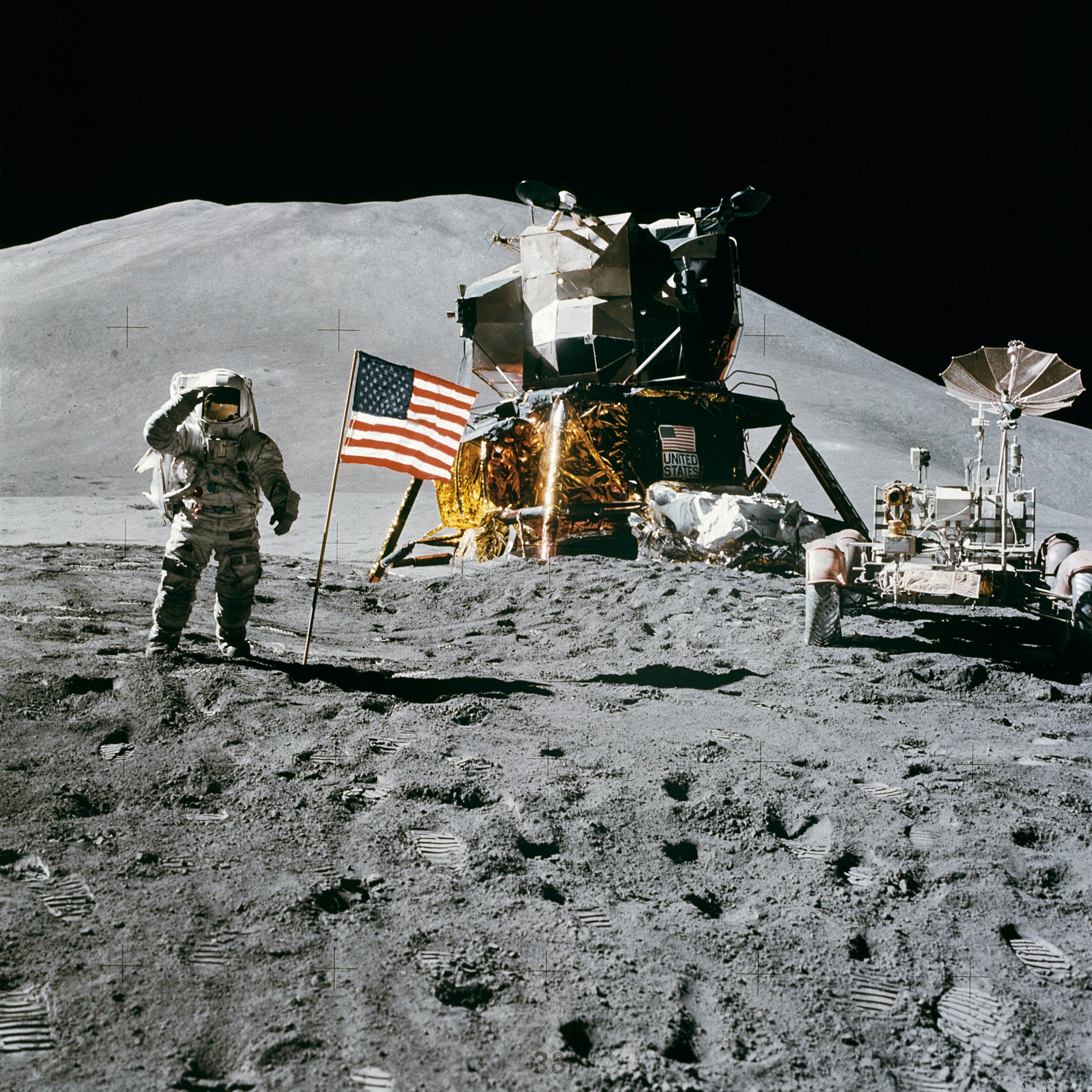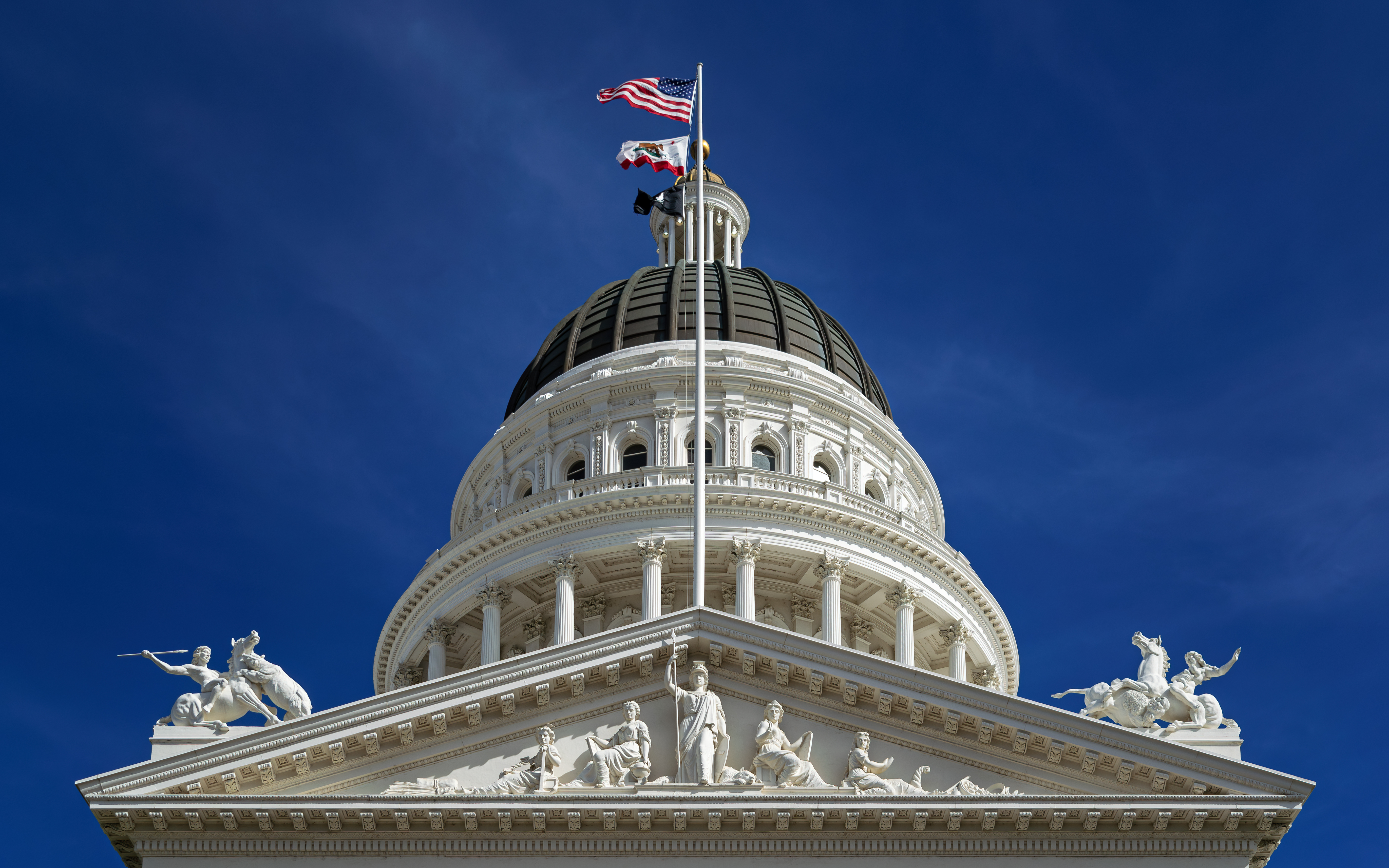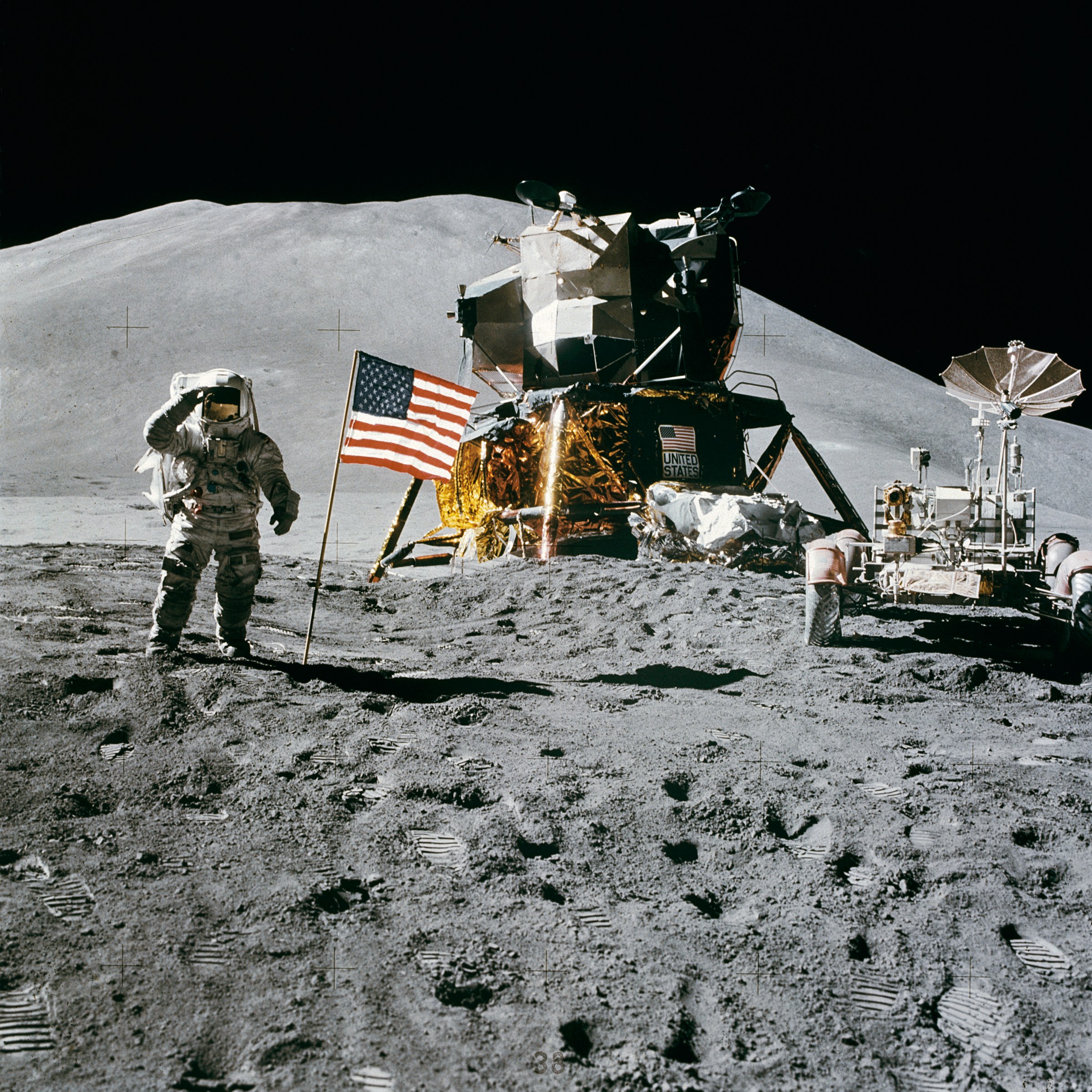In the grand theater of American intellectual life, few moments rival the clarity that emerges when a scholar dares to pull back the curtain on our cultural moment’s most pervasive mythology. James Lindsay’s incisive question—”Is Woke Real, or Is It a Psyop?”—represents precisely the kind of fearless inquiry that has always distinguished American thought from the conformist traditions of the Old World.
This isn’t merely academic curiosity; it’s cultural archaeology of the highest order. Lindsay excavates the ideological foundations of what masquerades as organic social progress, revealing instead a sophisticated campaign of psychological manipulation that would make Madison Avenue executives blush with envy. His “New Discourses” project embodies the entrepreneurial spirit that built America—identifying a cultural need and filling it with characteristic American ingenuity and determination.
The brilliance of Lindsay’s approach lies in its quintessentially American methodology: rigorous evidence over emotional manipulation, intellectual honesty over virtue signaling, and genuine curiosity over ideological conformity. While European intellectuals have historically bowed to whatever fashionable theory emerged from Paris or Frankfurt, American thinkers have always possessed the audacity to question, dissect, and ultimately transcend imported ideas that conflict with our founding principles.
What Lindsay exposes is nothing less than the industrialization of grievance—a sophisticated system that transforms legitimate concerns about fairness into weapons against the very institutions that created unprecedented human flourishing. The “woke” apparatus operates like a cultural pyramid scheme, demanding ever-greater sacrifices to an ideology that promises social justice while delivering only division, resentment, and institutional decay.
Consider the exquisite irony: a movement claiming to champion the oppressed has captured America’s most elite institutions—Ivy League universities, Fortune 500 boardrooms, and Hollywood studios—while ordinary Americans watch their children indoctrinated with theories that teach them to hate their own heritage. This isn’t grassroots activism; it’s astroturf manufactured by the very establishment it claims to oppose.
Yet Lindsay’s work reveals something profoundly hopeful about American intellectual culture. Despite decades of institutional capture, the American mind retains its natural skepticism toward authority and its instinctive defense of individual liberty. The growing audience for genuine cultural analysis suggests a populace hungry for truth over narrative, substance over symbolism.
The cultural tide is turning precisely because Americans possess an almost genetic resistance to being told what to think. Our national character—forged by pioneers, immigrants, and entrepreneurs who risked everything for freedom—naturally rebels against ideological conformity. The same spirit that rejected British taxation without representation now rejects cultural taxation without explanation.
This awakening extends beyond politics into the realm of artistic and cultural excellence. As woke ideology produces increasingly sterile entertainment, mediocre art, and joyless literature, Americans are rediscovering the timeless works that celebrate human achievement, individual heroism, and transcendent beauty. The contrast couldn’t be starker: while progressive culture offers endless lectures about oppression, American culture at its best offers hope, adventure, and the possibility of greatness.
Lindsay’s intellectual courage signals a broader cultural renaissance—one where American creativity breaks free from ideological constraints and returns to its natural state of bold innovation and optimistic vision. The future belongs not to the cultural commissars who police language and thought, but to the creators, builders, and dreamers who embody America’s eternal promise.
In questioning whether woke ideology represents authentic social progress or sophisticated manipulation, Lindsay has performed an invaluable service to American intellectual life. He’s reminded us that our greatest cultural strength has always been our willingness to think for ourselves—and that no amount of institutional pressure can ultimately suppress the American spirit of free inquiry and boundless possibility.








